The choice of construction materials is essential as they contribute to the cost and quality of a building. Wood, concrete, brick, cement, stone…There are more than a few options. This post presents the technical attributes of different construction materials.
Comparison of building materials
To choose the best material for your home, you must study each option by focusing on the thermal capacity, strength and cost of each of the existing elements: wood, stone, concrete, brick, etc. Start by comparing all these materials.
1. Concrete
Concrete is the most commonly used material in construction. This robust and fire-resistant material can also be used from the foundations to the roof. Formats, finishes, floors and walls: there are all types of concrete available.
2. Wood
Wood is a material that is undergoing a renewal in construction due to its high resistance, warmth and reasonable cost. It is used for both shell and finishing work.
4. Brick
Brick is made from terracotta clay which is a material traditionally used in construction. It is available in 4 formats (solid, perforated, hollow or cellular), each responding to a specific need.
5. Stone
Nowadays, the stone is a less used material, and this is mainly due to its higher price and more complex implementation. However, it has some good qualities, including durability and aesthetics.
6. Mortar and cement
All concrete constructions are based on the combination of masonry elements bonded with materials such as mortar or cement.
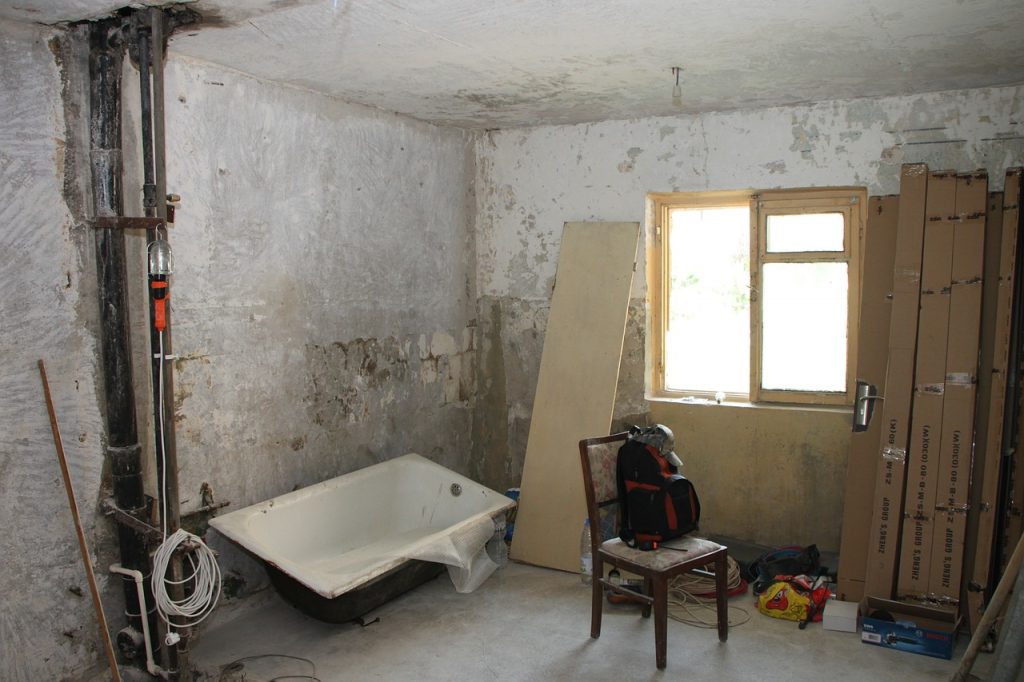
7. Other construction materials – Plaster
In addition to traditional materials such as gypsum, stone, wood, concrete, brick, many other materials can be used for construction work. Lime, plaster, metals, PVC, etc. The remaining section of this post will focus on the use of gypsum in construction. I shall be writing on lime, plaster, metals, PVC, etc. in future publications.
Plaster
Since ancient times, plaster is one of the oldest materials used for permanent buildings. In our modern societies, plaster in the form of powder or prefabricated elements is mainly used in the construction sector. Other industries also use it, particularly for the manufacture of moulds. We’ll tell you about it right away in detail!
Specificities of plaster
Composition
Plaster is an aerial binder obtained from a rock called gypsum, which can be natural or synthetic.
The gypsum used for the manufacture of plaster is the rocky gypsum found in sufficient quantities worldwide. The rock is often associated with other clay materials or with dolomite, calcite and especially anhydrite.
When gypsum deposits are insufficient, synthetic gypsum obtained from treated industrial products (gas and smoke desulphurization, etc.) is used.
Manufacturing
Plaster is made from partially dehydrated crushed gypsum that is set by simple hydration.
The gypsum blocks that are extracted from the quarries are crushed and sieved to keep only the fine particles. The resulting particles are cooked at a low temperature (about 120°).
The powder obtained mixed with water makes it possible to get a more or less tight paste depending on the intended use.
Preparing plaster
Advantages and disadvantages of plaster
Plaster has several advantages:
– a quick setting;
– good thermal and acoustic insulation;
– excellent resistance in case of fire.
On the other hand, it also has certain disadvantages:
– a long drying time due to the evaporation of the added water quantity (15 days to three weeks);
– a lower mechanical resistance;
– high porosity due to the space left behind by water evaporation.
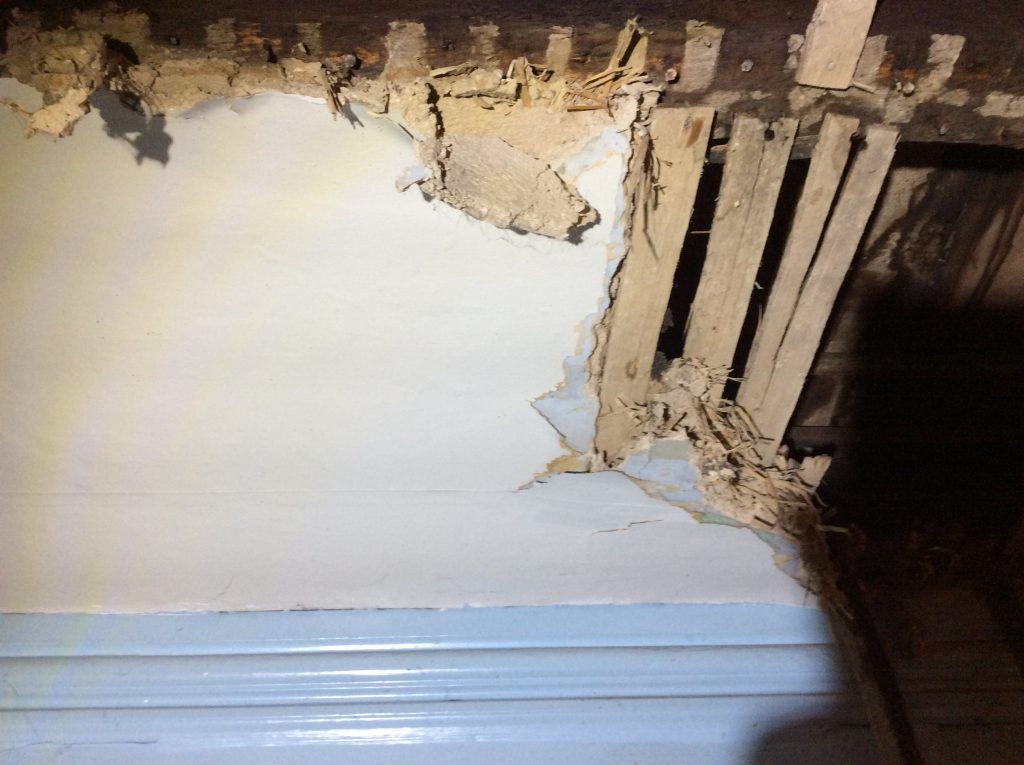
Plaster: the different types
Depending on the destination of the material, there are 3 families of plasters:
i). Plasters for primarily manual application: fine or coarse construction plasters for plugging, joints, interior plasters.
ii). Special plasters (plasters with very high THD hardness) more compact and high resistance, recommended for:
◦ exterior plasters;
◦ premises subject to challenging conditions such as public places;
◦ goods intended for private individuals, such as standard parts of a building requiring high resistance.
iii). Spray plasters are mechanically easier to use, less tiring, and have a higher performance.
One popular use of plasters
Plasters are excellent for the creation of prefabricated elements such as plasterboard, which is ideal for partitioning in a renovation. It is the most common partition or lining material in our homes. The choice of materials is essential when making partitions in our home and plasterboard provides excellent results. Plasterboard uses a drywall technique, unlike plaster bricks or concrete, which are based on a wet wall technique.
All in all, this blog should please to people seeking some information on building materials. So, next time you talk to your contractor, you will be more knowledgeable about the elements that he may propose you for your home renovation or construction project.
Remember to leave your comments in the section below, if you would like to read something in particular.
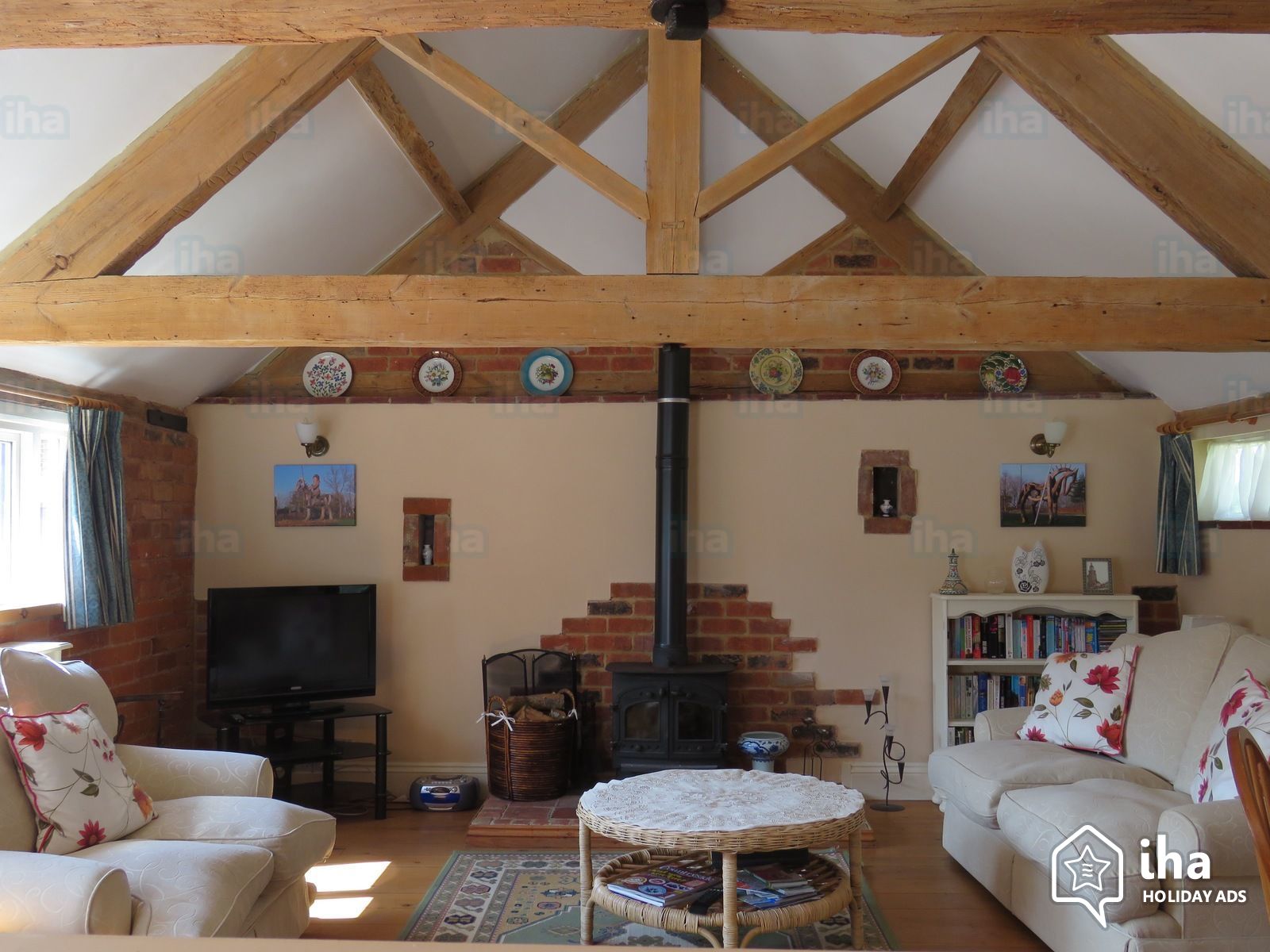
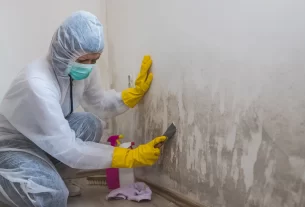
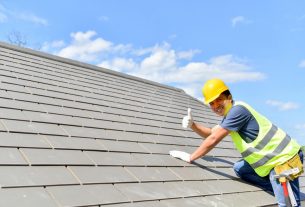

4 thoughts on “Building Materials and the Use of Plaster in Construction”